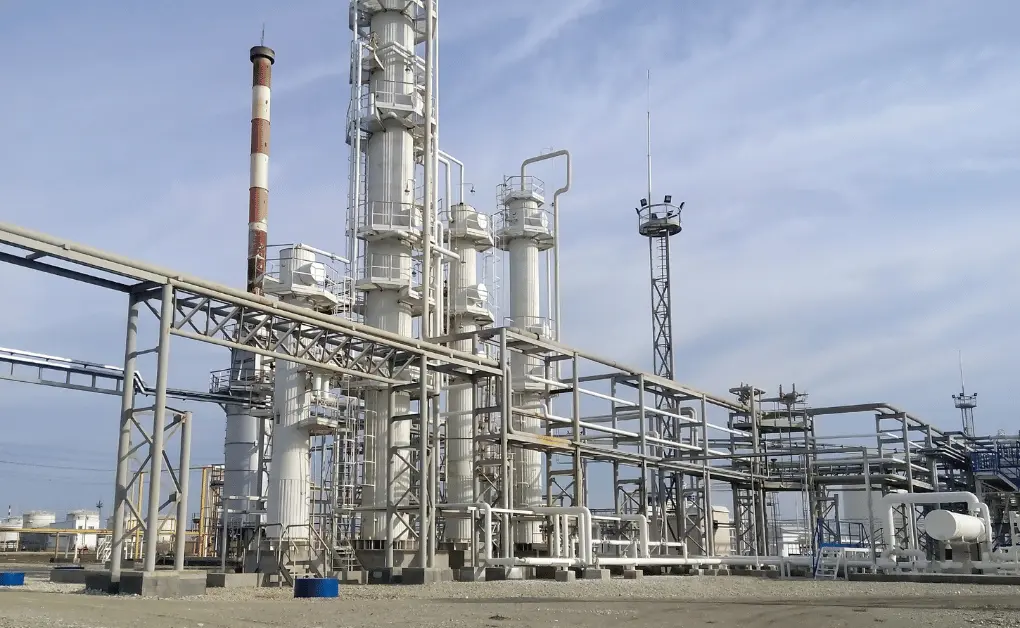At 2M Technology, we specialize in designing and manufacturing custom explosion-proof housings tailored to security cameras of any brand or model. But why opt for a made-to-order housing instead of just buying an off-the-shelf explosion-proof camera? The answer is simple: our custom enclosures allow you to use any security camera in hazardous environments. This means you have the freedom to deploy cameras that offer integration with cloud storage and advanced AI video analytics. In hazardous areas where safety is the #1 priority, having a reliable surveillance system that incorporates cloud storage and video analytics not only mitigates risks for personnel and assets but also optimizes operational efficiency.
Cloud Storage
Surveillance systems using cloud storage send all recorded footage from the cameras to an online cloud platform for storage, rather than retaining it on physical devices like hard drives or servers. This configuration has many advantages for hazardous areas, such as simplifying the surveillance infrastructure, reducing hardware requirements, and offering the flexibility to scale storage capacity as needed.
Reliable Storage
Hazardous sites, where flammable or combustible materials are often present, are susceptible to explosions. Storing footage on a physical device is impractical in these environments because an explosion could damage or destroy the device, resulting in the loss of video footage. Not only that, the video feed would be disrupted, as the cameras would no longer be able to transmit footage to the storage device. Cloud storage provides an added layer of protection for critical video data in such environments by securely storing footage off-site. This prevents footage loss during on-site incidents, keeping evidence available for retrieval to aid subsequent investigations. Additionally, it ensures that the camera feed remains accessible for security teams to identify and respond to emergencies quickly.
Remote Monitoring
Traditional surveillance systems lack flexibility in terms of remote access. Typically, accessing camera feeds from these systems requires on-site presence or connection to the same network. In contrast, accessing cloud-based surveillance systems remotely is significantly easier. The footage is stored in an online cloud which can be accessed from anywhere with internet connection. This gives site managers and security personnel the ability to monitor sites in real-time, regardless of their physical location. Whether off-site or on-site, the organization can gain valuable insights into site operations, identify potential hazards, and address emerging threats quickly, therefore enhancing overall safety and security.
Simplified Scalability
Cloud storage offers virtually limitless capacity, allowing organizations to expand storage to accommodate the increasing volume of video data generated by cameras. This scalability ensures that the site can continue to capture and store footage without purchasing additional hardware as its surveillance needs evolve. Moreover, users can integrate separate surveillance systems from various locations into a single, centralized platform. This simplifies security tasks, such as monitoring and retrieving video footage, boosting overall efficiency and accelerating response times to incidents or emergencies across hazardous sites.
Video Analytics
The cloud provides more than just storage; it also offers advanced video analytics, which are artificial intelligence and machine learning algorithms. Video analytics use the cloud’s powerful computing capabilities to process large amounts of video data quickly and effectively. As video footage is uploaded to the cloud, these algorithms analyze it in real-time, revealing operational insights and improving security monitoring in hazardous areas.
Proactive Threat Detection
Even though security cameras are valuable tools for monitoring activities and recording incidents, they lack the ability to proactively identify threats. Hiring personnel to monitor camera feeds can help, but human observers may become fatigued over time, leading to oversight of critical events. To address these issues, hazardous areas can use video analytics. By analyzing video data in real-time, video analytics can automatically detect and alert users to a wide range of events and anomalies, including unauthorized access, suspicious behavior, and perimeter breaches. This capability allows security teams to respond quickly to events, effectively preventing incidents from escalating into emergencies.
Operational Efficiency
In addition to identifying threats, hazardous areas can use video analytics to uncover operational insights from collected footage. For instance, video analytics can track the movement of personnel, allowing organizations to identify bottlenecks or inefficiencies in workflows. With this data, site managers can make informed decisions to streamline operations and allocate resources more effectively. By extracting data-driven insights, hazardous sites can minimize downtime, reduce operational costs, and maximize overall performance.
Custom Solutions for Hazardous Areas from 2M Technology
Using security cameras equipped with cloud storage and video analytics has many advantages for hazardous sites. Leveraging the cloud provides scalable storage, proactive threat detection, and operational insights essential for maintaining safety and efficiency in high-risk environments. However, it’s crucial to ensure that the cameras are specifically engineered to prevent the ignition of explosions. With 2M Technology’s custom explosion-proof housings, hazardous areas can deploy any security camera, including those with cloud storage and video analytics, without sacrificing safety or functionality.
By partnering with 2M Technology, you can harness the power of the latest surveillance technology while adhering to strict safety standards in hazardous areas. To start building your custom explosion-proof housing, contact our sales team at +1 (214) 988-4302 or at sales@2mtechnology.net. You can also use the links provided below to read more about the customization process or start a live chat with a security consultant.

